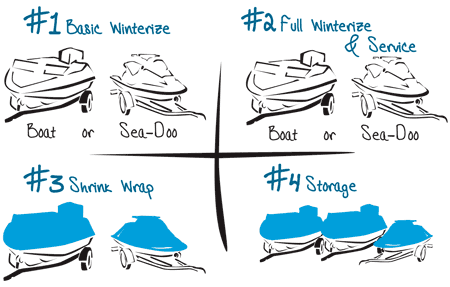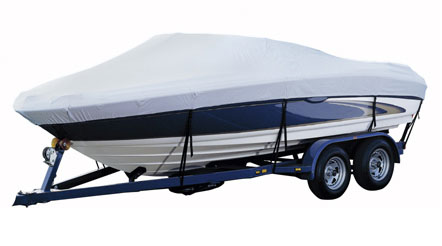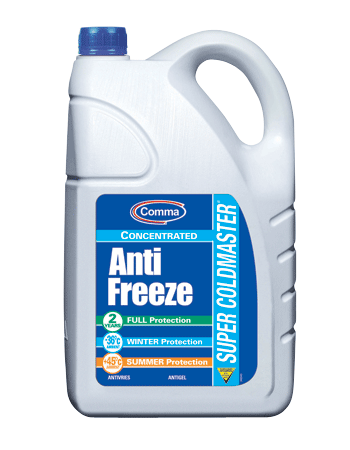Feel free to use our search engine above to find local boat mechanics: Type "boat" into repair type and enter your location
\
It's important to prepare your boat for winter
hibernation to prevent it from developing corrosion, cracked blocks, and a host
of other potential troubles. Winterizing is much more cost-effective than
having to take the boat for repairs in the peak season or in the spring after
the winter is over.
Protecting the
Hull
Winterizing your boat is not just about adding fuel
stabilizer and antifreeze or draining the engine. If your boat is made of
fiberglass, ice accumulation on the body can split open window tracks and
hatches, resulting in leaks. Therefore, if you are going to store your boat
outside, you need adequate boat cover.
If the hull has developed gel coat blisters in
certain areas, you need to puncture, dry, and drain the blister and patch it
with epoxy. Barnacles at the bottom of the boat should be scraped and
sandpapered. Pressure washing can help to remove sea scum and dirt. You may wax
the surface with a reliable product such as 3M’s Marine Ultra Performance Paste
Wax. It can act as an acrylic shield over the hull to stop dirt from
penetrating.
Protecting the
Interiors
Winter air is typically dry or humid, and if the
interiors are made of vinyl, it can spoil them during the storage period. Vinyl
protectants and cleaners in the form of spray or gel can protect the vinyl from
drying and cracking. Mold and mildew can develop with moisture. This can be
prevented if you properly vent the boat cover and use a breathable cover
material to ensure regular airflow to minimize trapped moisture.

Choose the Right
Boat Cover
The cover should protect the waterline properly. If
you opt for a relatively cheaper polytarp cover, you must use it with a frame
in order to distribute the accumulated snow more evenly. This will prevent any
weak areas of the boat from becoming damaged under the weight of the snow. Polyvinyl
covers are more useful because of their water repellent properties and their
resistance to stains and mildew. The cover must be tied or taped securely to
ensure that wind does not get underneath it, which may shred the cover.

Engine
Winterizing
The most common risks to your boat engine during
winters include freezing, fuel degradation, and corrosion. Check for any loose
connections, wires or clamps in the engine. Replace any hoses that may show
cracks and adjust the belt tension if it is slacking. Any paint nicks must be
touched up to prevent corrosion, and oil and the filter must be changed prior to
storing the boat.
It is important to flush the engine with fresh water
in an idle state, and store it in a vertical position to ensure that all the
water drains out completely. If even a tiny amount of water is left inside the
engine, it can freeze and cause serious damage. Stern drives and inboards need
refilling with antifreeze solution such as propylene glycol. This will prevent
the formation of tiny ice pockets which could crack the block.
Final Steps
Add fuel stabilizer to the fuel tank and allow the
engine in idle state for a few minutes to distribute the stabilizer evenly.
Remove the flame arrestor of the engine and spray fogging oil into the carburetor
with the engine in running condition. This will help prevent rust and
corrosion in the engine internals. Once the engine is stopped, take out the
spark plugs and spray some fogging oil into the cylinders. These precautions
will prevent engine damage during the storage period.



